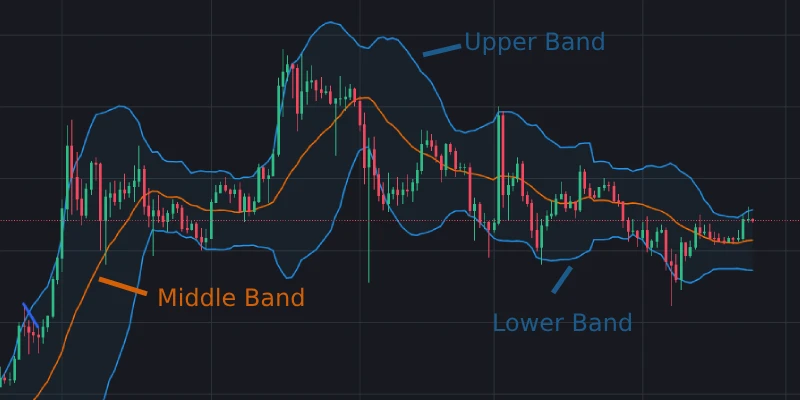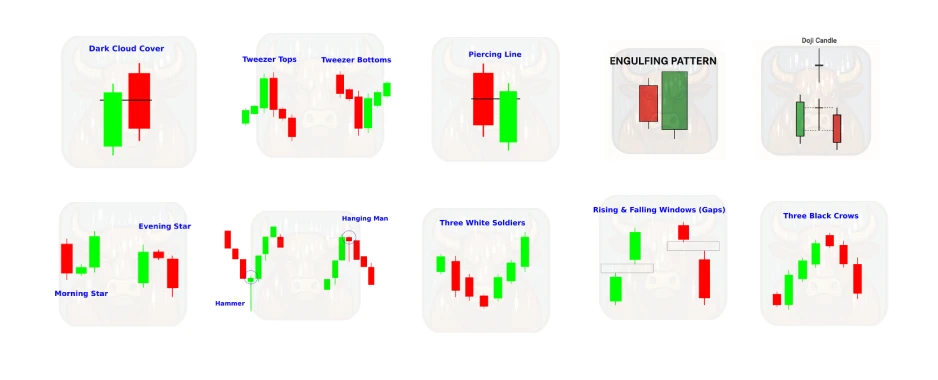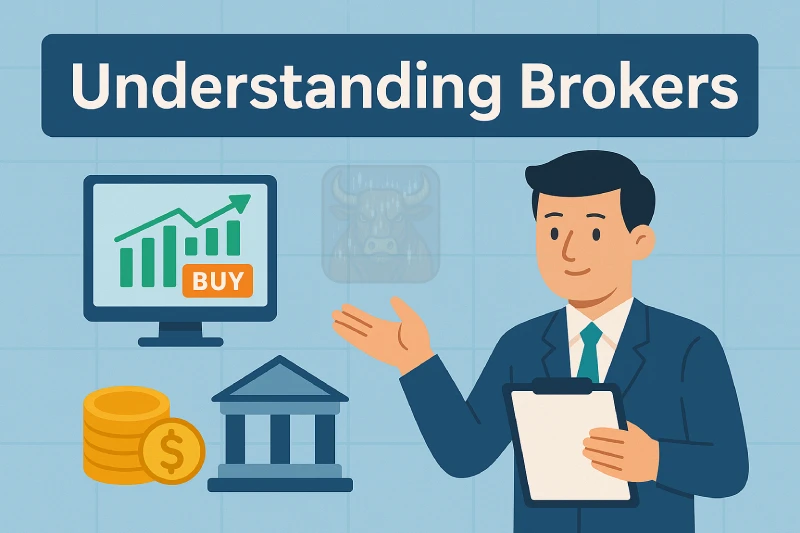
Short class 2
Discover what the stock market is, how it works, and why it matters. A beginner-friendly guide to stocks, ETFs, and investing strategies.
Welcome back, future investor! 👋
In this class, we’ll break down one of the most important financial concepts you must understand as a beginner: the stock market.
Whether you’re curious about investing in Apple or Tesla, or just want to grow your savings over time, understanding how the stock market works is the first step.
Let’s get started!
📌 What Is the Stock Market? (Definition & How It Works)
The stock market—also called a stock exchange—is a regulated marketplace where investors buy and sell financial securities such as:
- 📈 Stocks (also known as shares or equities)
- 💵 Bonds (debt from corporations or governments)
- 📊 ETFs (exchange-traded funds that track a group of assets)
- 📉 Derivatives (options, futures, and contracts tied to asset performance)
In simple terms, it’s where investors meet companies: businesses raise money by selling shares, and investors buy those shares to earn potential returns.
🔹 How Does the Stock Market Work?
Here’s a step-by-step breakdown of how the stock market operates:
🏢 1. Companies and Governments Issue Securities
- Corporations issue shares (stock) to raise money for growth.
- Governments issue bonds to fund public projects or pay off debt.
This process is known as an IPO (Initial Public Offering) for companies.
👨💼 2. Investors Buy & Sell Assets
- Investors trade these securities through brokerage platforms like Robinhood, eToro, or Charles Schwab.
- Prices go up when demand is high (more buyers), and prices go down when supply is high (more sellers).
🧑💻 3. Brokers Facilitate Transactions
- Brokers connect buyers and sellers.
- Trades happen on stock exchanges like the NYSE (New York Stock Exchange) or NASDAQ.
💡 Every trade is tracked and regulated to protect investors and ensure fair prices.
📈 Why Does the Stock Market Exist? (Main Benefits)
The stock market is a core engine of economic growth. Here’s why:
✅ Capital for Companies – Businesses can raise funds without borrowing.
✅ Wealth Creation for Investors – Long-term stock investing returns ~7–10% annually.
✅ Boosts the Economy – Investments lead to innovation, jobs, and development.
🌍 Top Stock Exchanges Worldwide
| Stock Exchange | Location | Key Features |
|---|---|---|
| NYSE | New York, USA | Largest exchange (Apple, Coca-Cola listed) |
| NASDAQ | USA | Tech-heavy (Amazon, Tesla, Google) |
| Tokyo Stock Exchange | Japan | Major Asian market (Toyota, Sony) |
| Euronext | Europe | Covers France, Netherlands, Belgium |
| BMV | Mexico | Leading exchange in Latin America |
⚠️ Key Risks of Stock Market Investing
Investing isn’t without its downsides. Here are some common risks:
❌ Volatility – Prices swing rapidly (good for traders, stressful for beginners).
❌ Potential Losses – Selling for less than you paid = a real loss.
❌ External Factors – Wars, recessions, pandemics, and politics affect stock prices.
🛡️ How to Reduce Your Risk
Want to invest smarter and safer? Follow these rules:
✔ Diversify (Don’t invest all your money in one company or sector.).
✔ Invest Long-Term (short-term trading is riskier).
✔ Use Stop-Loss Orders (auto-sell if a stock drops too much).
✅ Why Should You Invest in the Stock Market?
Still unsure whether to invest? Here are 3 powerful reasons to start today:
✔ Beat Inflation – Your cash loses value over time; stocks grow.
✔ Own a Piece of Big Companies – Buy shares in Amazon, Apple, etc.
✔ Passive Income – Some stocks pay dividends (quarterly cash payments).
📊 3 Types of Market Analysis (How to Decide When to Buy or Sell)
Before you invest real money, you need a strategy. Investors use different forms of analysis to make smart decisions:
1️⃣ Fundamental Analysis
- Examines a company’s financial health (revenue, profits, debt).
- Best for long-term investors (Warren Buffett’s strategy).
- Key Metrics: P/E Ratio, Earnings Reports, Debt-to-Equity Ratio.
2️⃣ Technical Analysis
- Studies price charts & trends to predict future movements.
- Used by Scalpers, day traders & swing traders.
- Tools: Moving Averages, RSI, MACD, Support/Resistance Levels.
3️⃣ Sentiment Analysis
- Gauges market mood (news, social media, investor behavior).
- Example: Useful for spotting hype or fear-driven movements (like Bitcoin surges).
🚀 How to Start Investing in Stocks (Step-by-Step)
Here’s a beginner-friendly process to begin your investing journey:
1️⃣ Open a Brokerage Account (eToro, Robinhood, or a local broker).
2️⃣ Research Stocks (use fundamental + technical analysis).
3️⃣ Start Small (avoid risking too much early on).
4️⃣ Monitor & Adjust (Learn from both wins and losses.).
💬 Pro Tip: “The stock market is a device for transferring money from the impatient to the patient.” – Warren Buffett
📅 What’s Next?
Now that we’ve covered the absolute basics, let’s move to the next step: When is the right time to buy or sell?
➡️ To answer this, we need to understand the three main types of market analysis






